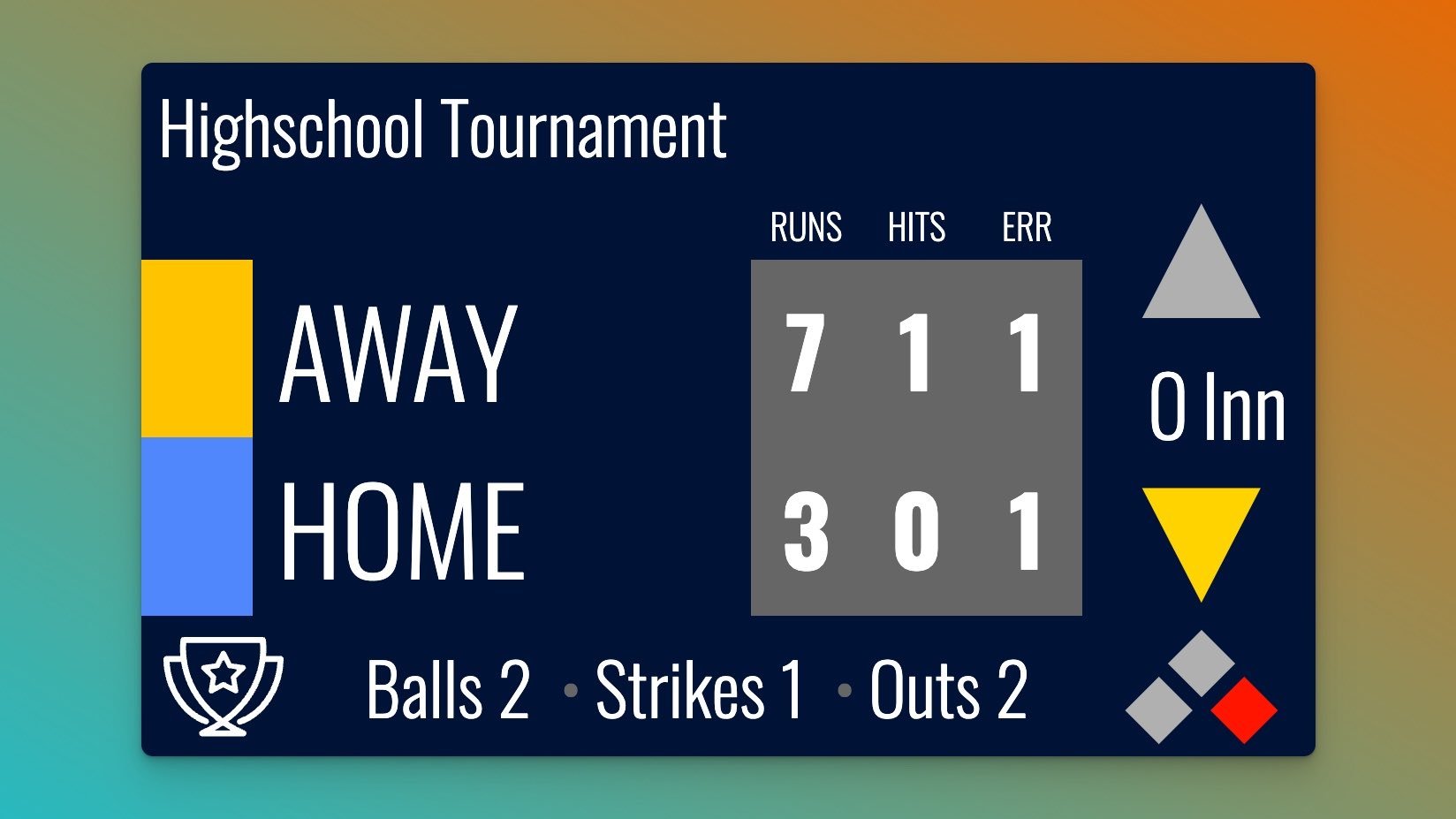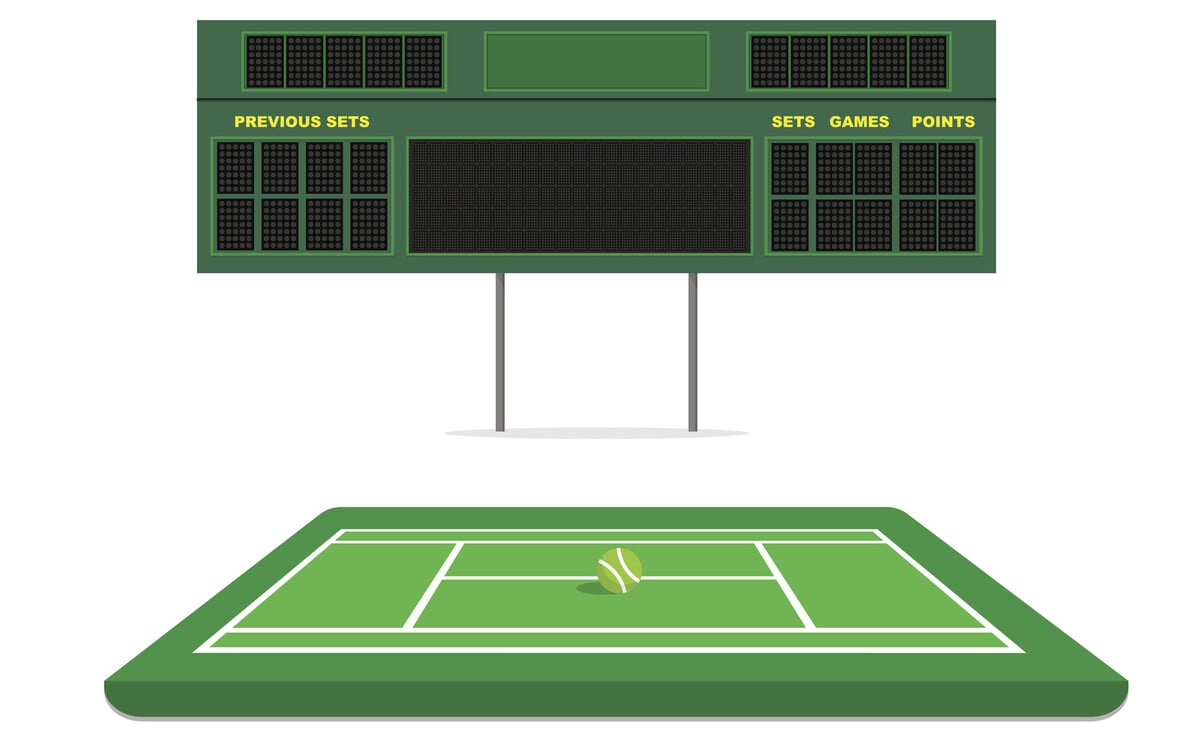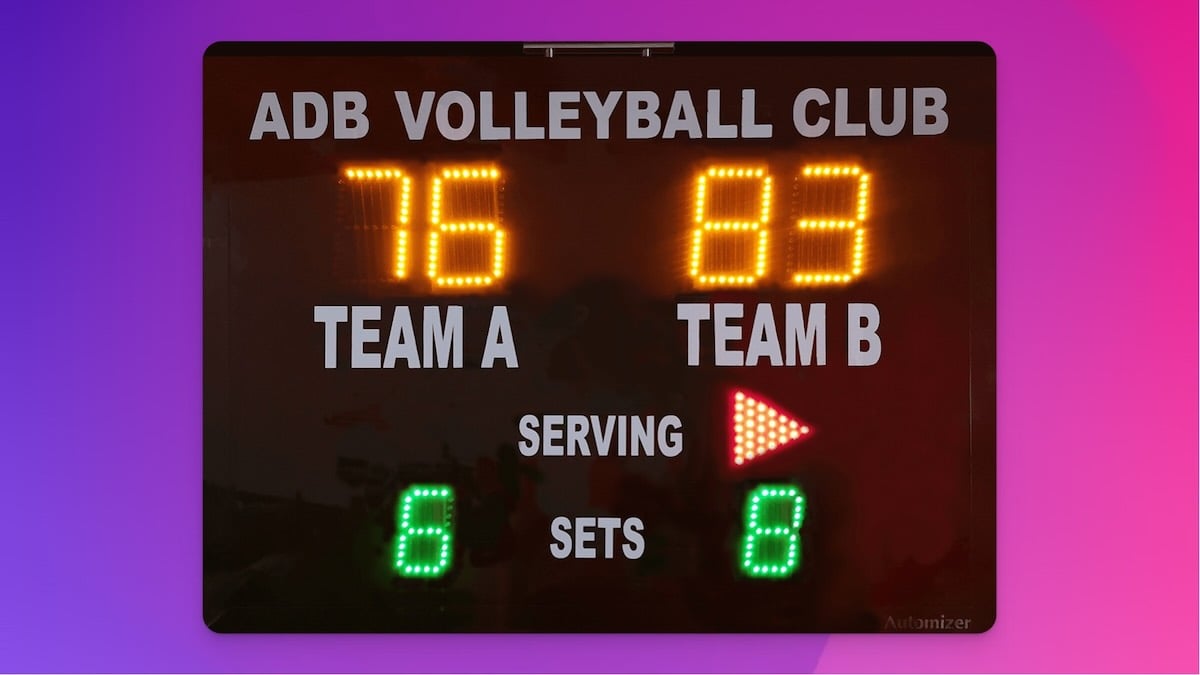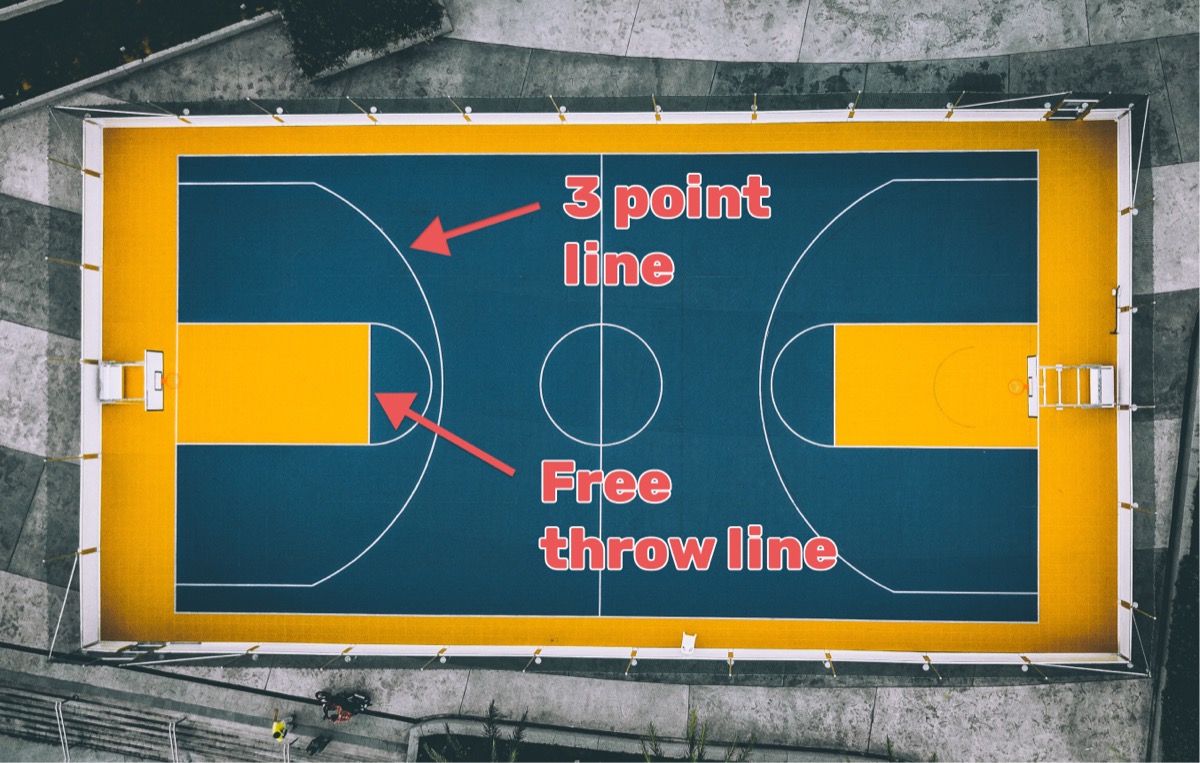Softball has captured the hearts of millions around the world. Although it shares similarities with baseball, it has its own unique charm and rules. If you're a beginner, understanding how softball scoring works is essential. In this article, we'll break down the basics of scoring and give you a glimpse of what to expect on a typical softball scoreboard.

The Basics of Scoring in Softball
The primary objective of softball is to score more runs than the opposing team. A run is scored when a player successfully advances around all four bases and returns to home plate. Players can advance by hitting the ball, being walked, or as a result of an error by the opposing team.
What are innings?
A standard softball game consists of seven innings, with each inning divided into two halves - the top and the bottom. During the top half, the visiting team bats, while the home team defends the field. In the bottom half, the home team bats, and the visiting team takes the field. An inning is complete when both teams have had a chance to bat and have made three outs each.
In recreational softball leagues, the "mercy rule" may come into play. This rule ends the game early if one team is leading by a significant margin (usually 10 or more runs) after a specified number of innings (typically five). This rule helps to maintain a fun and sportsmanlike atmosphere, preventing games from becoming too one-sided.
What are outs?
An out is recorded when a batter or baserunner is retired by the defensive team. There are several ways a player can be out, including:
- A fly ball caught before touching the ground
- A ground ball fielded and thrown to first base before the batter reaches it
- A baserunner tagged while not in contact with a base
- A batter striking out
Once a team has made three outs, they switch sides, and the other team gets a chance to bat.
Understanding a Softball Scoreboard
Now that you have a basic understanding of how scoring works, let's take a look at what you'll see on a typical softball scoreboard:
Innings: The scoreboard will display the current inning, usually at the top or in the center. It will also show whether the game is in the top or bottom half.
Runs: Each team's runs will be displayed in columns or rows labeled with the team's name. The scoreboard will keep a running tally of runs scored in each inning and the total runs for each team.
Hits: Hits are a key indicator of a team's offensive performance. The scoreboard will show the total number of hits by each team.
Errors: Errors are mistakes made by the defensive team that result in the advancement of a baserunner or the batter reaching base. The scoreboard will display the total number of errors for each team.
Balls, Strikes, and Outs: The scoreboard will also show the number of balls, strikes, and outs for the current batter. This information helps you follow the progress of the game and understand the strategies employed by both teams.
Using scoreboard software
The easiest way of creating your own scoreboard is to use software combined with existing hardware such as a large TV or a projector. This is a great option for small leagues and teams that don't have the budget to purchase an expensive dedicated scoreboard.

Keepthescore.com is one of the leading solutions for creating online squash scoreboards. We pride ourselves on being very easy to get started with. You can literally be up and running in under 30 seconds, no registration nor payment required.
What's very convenient is that you can control your scoreboard from anywhere, including a mobile phone.
Pro Tip: Running a softball league? Use Team Management to save team configurations (colors, logos, names) and reuse them instantly for future games.

What are the differences between softball and softball?
Softball and baseball share similarities in their basic structure and objectives, but there are several key differences that set the two sports apart. Here are some of the most notable distinctions between softball and baseball:
-
Ball size: Softballs are larger than baseballs. A standard softball has a circumference of 12 inches for fastpitch and 11 inches for slowpitch, while a baseball has a circumference of about 9 inches. The larger size makes the softball easier to hit but more challenging to throw at high speeds.
-
Pitching style: In softball, pitchers throw underhand, whereas in baseball, pitchers throw overhand. This fundamental difference in pitching mechanics affects the speed, movement, and trajectory of the ball. Fastpitch softball pitchers can still achieve impressive speeds, but they tend to be slower than baseball pitches.
-
Field dimensions: Softball fields are generally smaller than baseball fields. The distance between bases in softball is usually 60 feet, compared to 90 feet in baseball. Outfield fences in softball are also closer, typically ranging from 200 to 250 feet from home plate, while baseball fences are usually 300 to 400 feet away.
-
Game length: A regulation softball game consists of 7 innings, whereas a baseball game is played over 9 innings. This shorter format makes softball games quicker and more fast-paced.
-
Equipment: Softball players use slightly different equipment, such as larger gloves with deeper pockets to accommodate the bigger ball. Bats used in softball are also different; they tend to be lighter and have a larger barrel diameter than baseball bats.
-
Base stealing: In fastpitch softball, base runners cannot leave the base until the pitcher releases the ball. In baseball, runners can take a lead and steal bases at any time during the pitcher's windup or delivery.
-
Bunting: Bunting is more prevalent in softball, particularly in fastpitch, as it is an effective way to advance runners and put pressure on the defense.
These differences give softball its unique character and make it a distinct sport from baseball. While some skills and strategies carry over between the two sports, the differences in pitching, field dimensions, and equipment create a distinct experience for players and fans alike.








